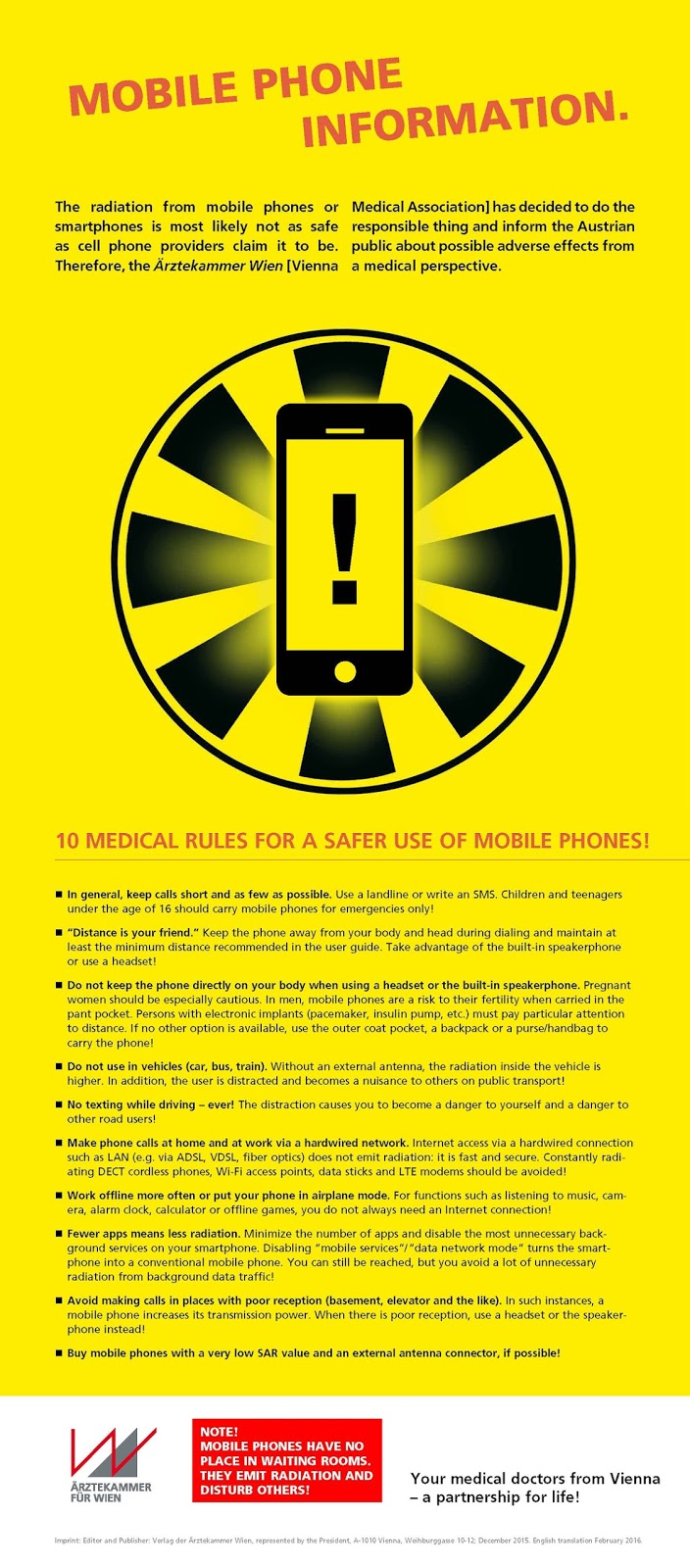The following recommendations for distance learning at home are intended for children (up to 18 years of age) and their parents and grandparents and anyone who helps children study at home using digital technologies.
1. Children under 18 years of age who study at home should primarily use personal computers and laptops connected to the Internet via a wired network. When using a wireless network, the distance from the Wi-Fi router to the student should be at least 5 meters (16 feet).
2. The keyboard of the computer or laptop must be disinfected with an antiseptic every day before starting work. The monitor also needs to be treated with an antiseptic agent.
3. Before using the keyboard wash the hands of both the child and the adult who helps him or her.
4. To reduce the risk of visual impairment and musculoskeletal system disorders, provide a child working at a computer or laptop with a convenient workplace (the height of the table and chair should correspond to the height of the child), to exclude the illumination of the monitor screen.
5. The main light source at the child’s workplace should be located on the side of the screen (not behind the screen and not from the back of the person working with the screen). The brightness of the source should approximately correspond to the brightness of the screen.
6. The use of tablets for distance learning at home is acceptable for adolescents over 15 years old. Before using the tablet, you need to wash your hands and wipe the screen with a disinfectant (wet towel). The location of the Wi-Fi point should be at least 5 meters (16 feet) from the student’s workplace. The tablet is placed on the table on a stand at an angle of 30 degrees, the distance from the screen to the pupil’s eyes is at least 50 centimeters (20 inches). Do not use a laptop or tablet on your lap, in your hands, lying down and the like.
 |
| 30 degree angle |
8. For all age groups: for reading or completing tasks, mainly use ordinary books and notebooks.
9. Children under 6 years old must not use any computer equipment for educational purposes at home.
10. Children 6 to 12 years of age should minimize the use of computer equipment for educational purposes at home. If it is necessary to use it, the total duration of all types of on-screen activities should not exceed 2 hours per day (including watching TV). The class schedule should be based on a one-to-three schedule for 6 to 8 year olds (for every 10 minutes of work 30 minutes of rest) and one-to-two schedule for ages over 8 and up to 12 years (for every 10 minutes of work – 20 minutes of rest).
11. For children 12 to 18 years of age, the following mode of computer use is recommended: “one to two” for 12 to 15 year olds (for every 30 minutes of work – 60 minutes of rest) and “one to one” for children for 16 to 18 year olds (for every 45 minutes of work – 45 minutes of rest).
The total duration of all types of screen activities for children 12 to 18 years of age, including watching TV, should not exceed 3.5–4 hours per day.
12. For the prevention of visual fatigue, perform gymnastics for the eyes during the break; for the prevention of general fatigue – a warm-up (tilts, body turns, squats, etc.)
13. If necessary to use headphones limit their continuous use: no more than an hour at a volume of not more than 60%.
14. Ventilate the room where the students study, before the start of classes (at least 15 minutes) and after each hour of work.
15. Do not use tablets and smartphones for educational purposes outdoors (in the park, on the playground and similar places).
Jan 1, 2019
Following is an updated handout on how to reduce your exposure to wireless radiation from cell phones, cordless phones, and other wireless technology.
Click on the link below to download the one-page handout:
To learn why it is important to reduce your exposure to wireless radiation see my Welcome to EMR Safety page for an overview of the health risks including presentations, radio interviews, and podcasts.
California Department of Public Health
Physicians for Safe Technology. “Safety Tips for Wireless Devices.” bit.ly/MDsafeTechTips
Vienna Medical Association. “Mobile Phone Information.”
 |
https://www.saferemr.com/2015/10/tips-to-reduce-your-wireless-radiation.html
Spread the word:
- Click to share on Facebook (Opens in new window)
- Click to share on Twitter (Opens in new window)
- Click to share on WhatsApp (Opens in new window)
- Click to share on LinkedIn (Opens in new window)
- Click to share on Pinterest (Opens in new window)
- Click to share on Reddit (Opens in new window)
- Click to share on Tumblr (Opens in new window)
- Click to share on Telegram (Opens in new window)
- Click to print (Opens in new window)

